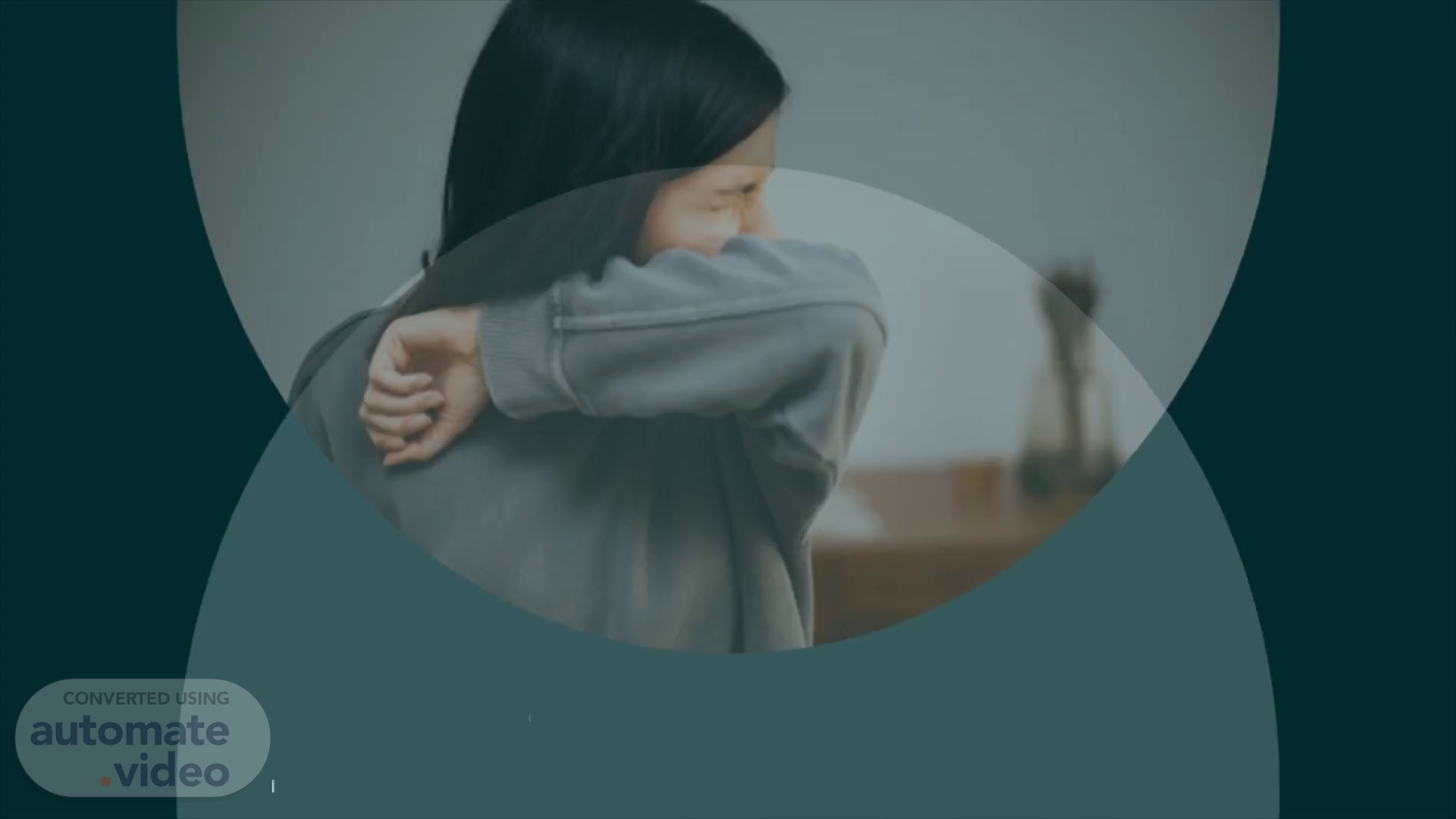Page 1 (0s)
A person holding a baby Description automatically generated with medium confidence.
Page 2 (9s)
objective. Diagram Description automatically generated.
Page 3 (22s)
[Audio] Cough is a reflex that helps to clear the airways of irritants, mucus, or foreign particles. It is the forceful expulsion of air from the lungs through the mouth or nose, frequently accompanied by a distinctive sound. Coughing can be caused by a variety of factors, including respiratory infections, allergies, asthma, chronic obstructive pulmonary disease (COPD), gastroesophageal reflux disease (GERD), smoking, and environmental toxins. Coughing can be either dry or productive, which means that it can be accompanied by mucus or phlegm. Coughing is a normal and essential reflex, but persistent coughing can be a sign of an underlying health condition and may necessitate medical attention..
Page 4 (1m 14s)
pathophysiology. The pathophysiology of cough involves a complex interplay of different components of the respiratory system, including the airways, lungs, and nervous system. When an irritant enters the respiratory system, it stimulates the cough receptors, which are located in the upper and lower airways. These receptors then send signals to the brainstem, which coordinates the cough reflex. The cough reflex involves several components, including: Inspiration: The diaphragm contracts, causing the volume of the thoracic cavity to I increase and air to be drawn into the lungs. Compression: The glottis closes, and the muscles of the chest and abdomen contract, increasing the pressure in the thoracic cavity. Explosive expiration: The glottis opens suddenly, and air is forced out of the lungs at a high velocity, expelling the irritant or foreign particle. During the cough reflex, different mechanisms are involved in clearing the airways. For example, a dry cough can help clear the upper airways of mucus or phlegm, while a productive cough can help clear the lower airways of excess mucus or fluids. In chronic cough, the pathophysiology is often more complex and may involve inflammation and irritation of the airways, lung tissue damage, and nerve sensitization. Chronic cough may also be caused by non-respiratory factors, such as GERD or medication side effects. Overall, the pathophysiology of cough is a complex process that involves various components of the respiratory system and the nervous system. Understanding the underlying causes of chronic cough is important in developing effective treatment strategies..
Page 5 (2m 15s)
Risk factors.
Page 6 (2m 21s)
Clinical manifestation.
Page 7 (2m 26s)
Diagnostic test.
Page 8 (2m 32s)
Differential diagnostic.
Page 9 (2m 38s)
treatment.
Page 10 (2m 44s)
education.
Page 11 (2m 49s)
referral.
Page 12 (2m 55s)
THANK YOU.
